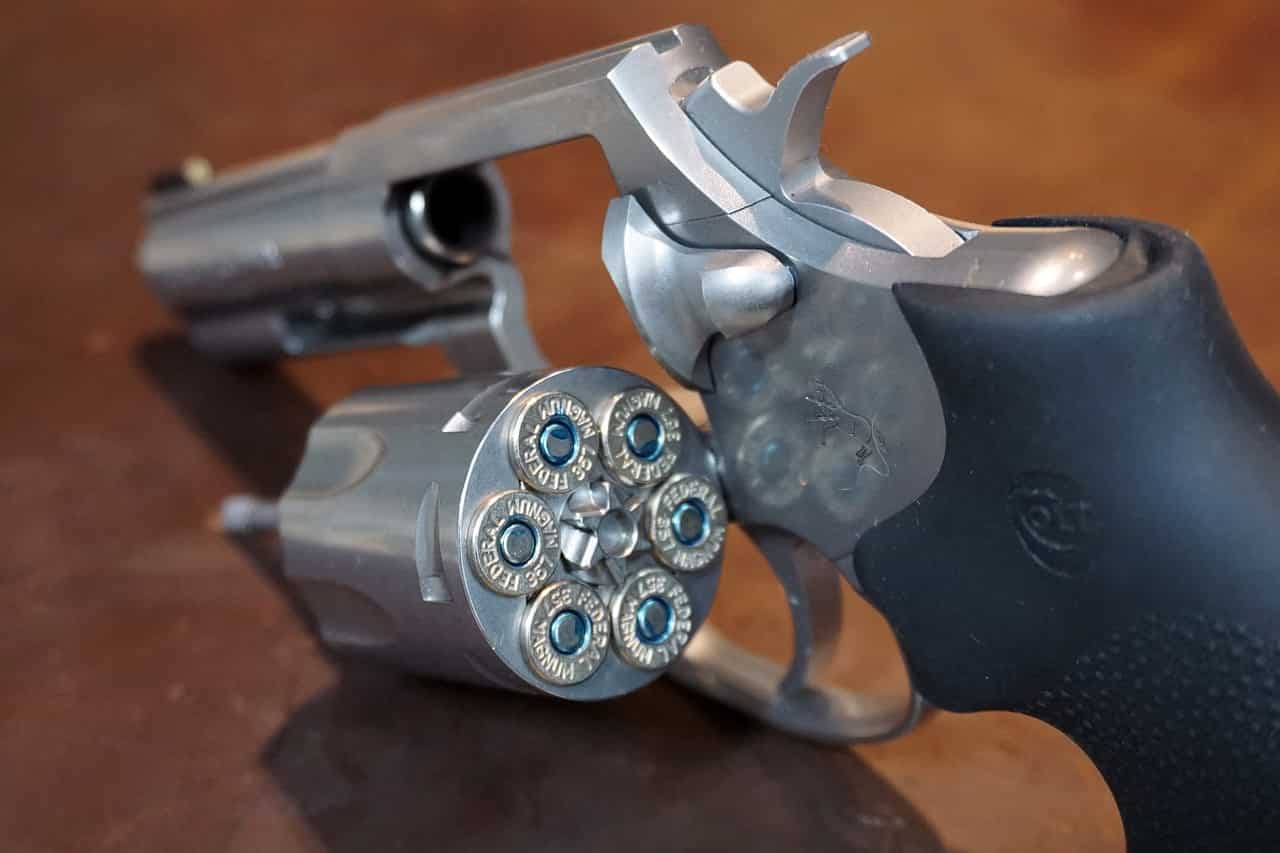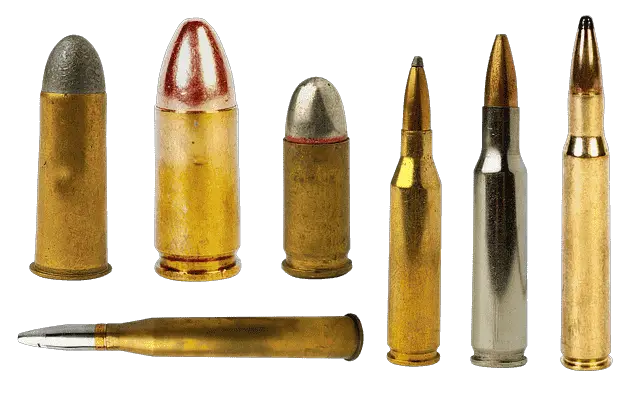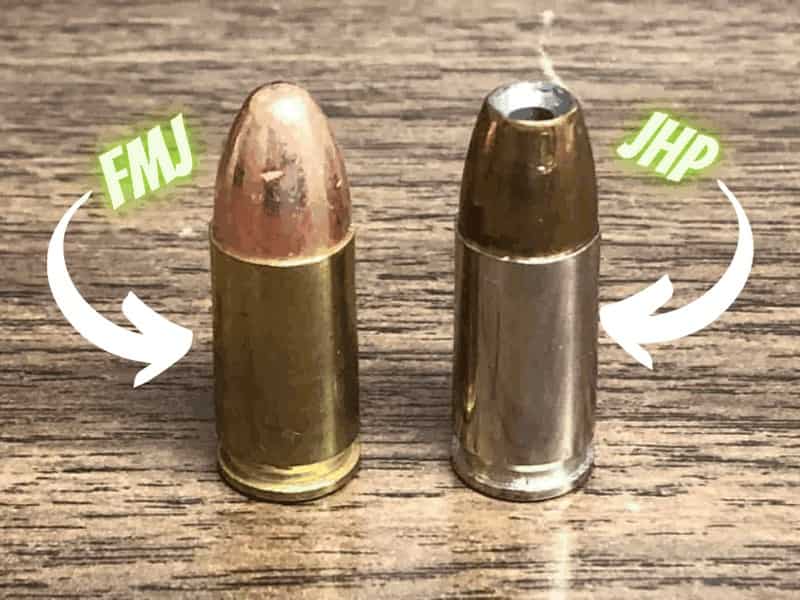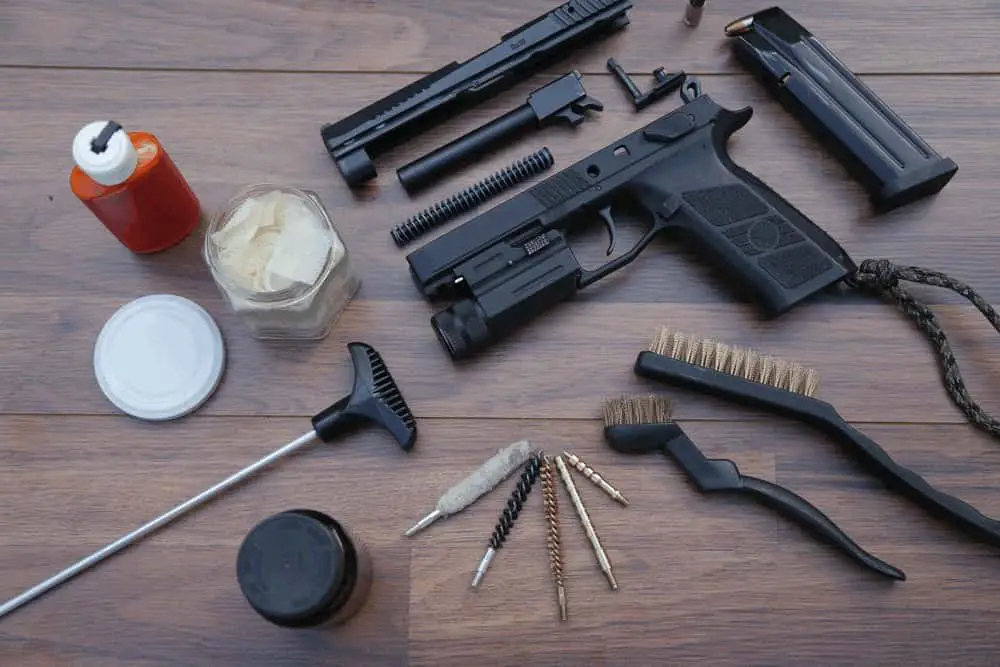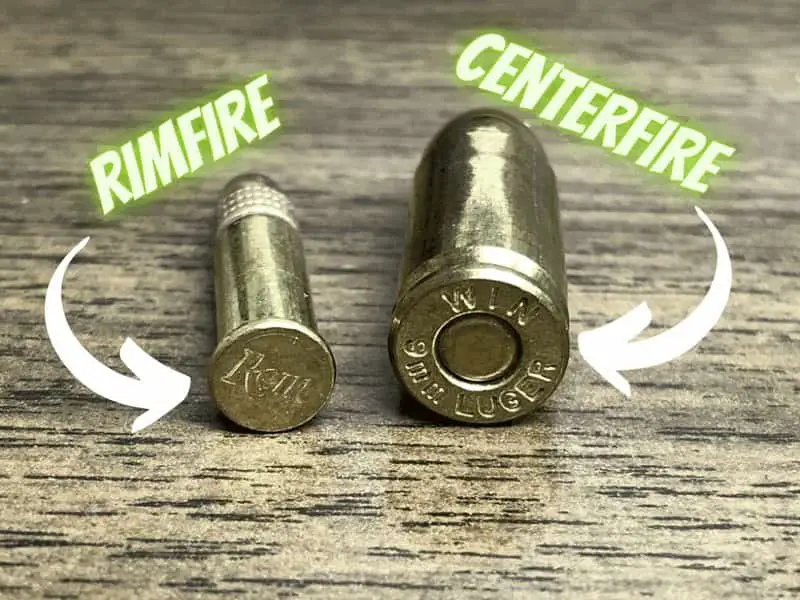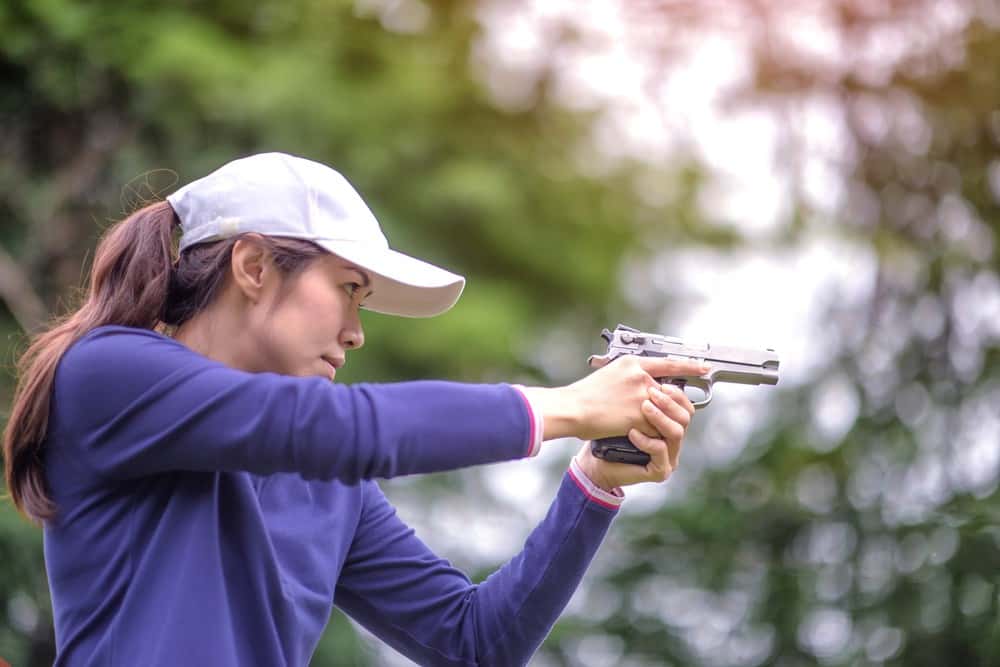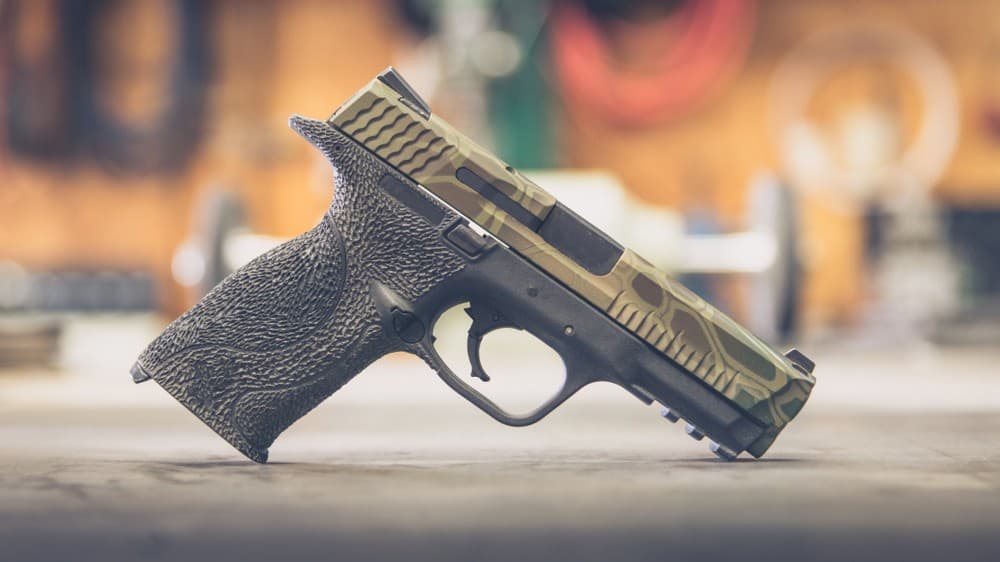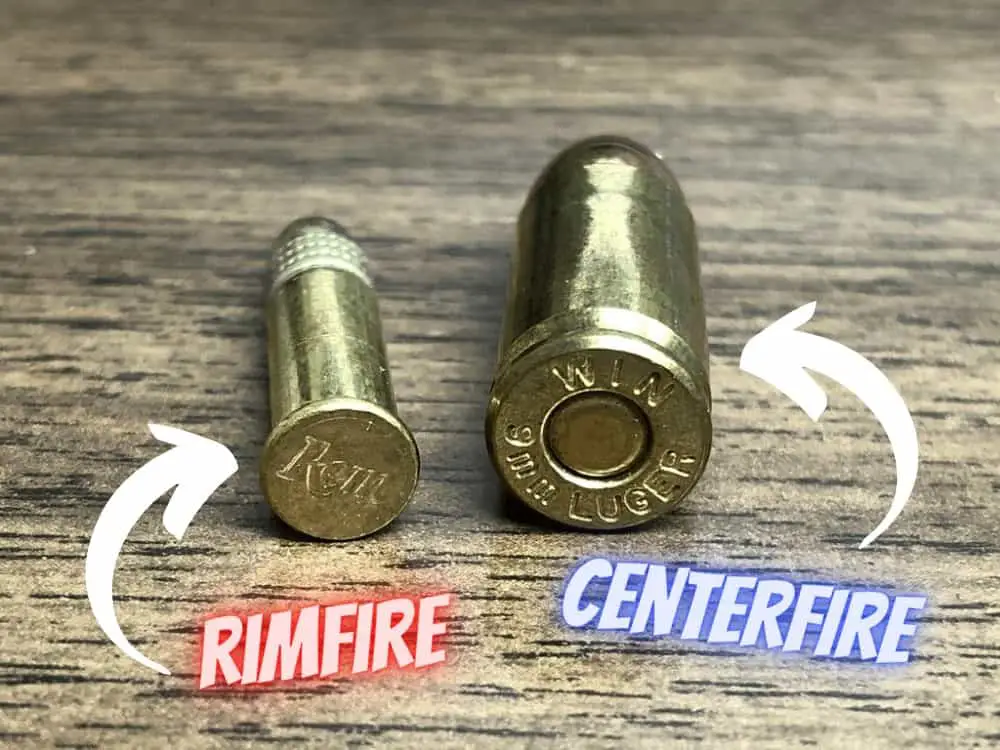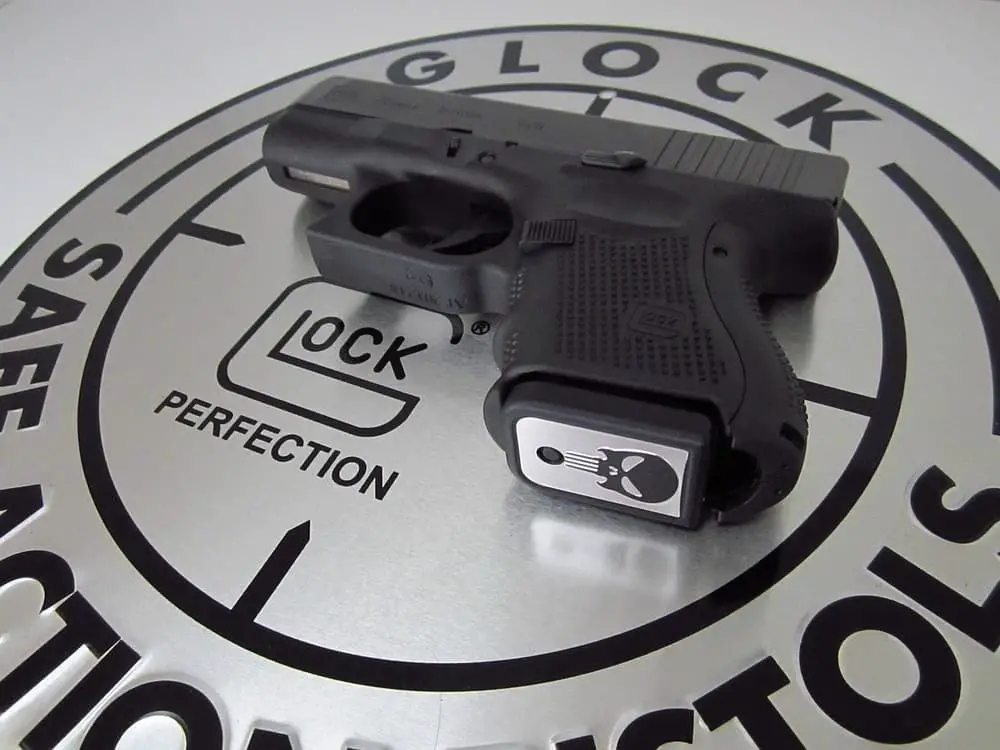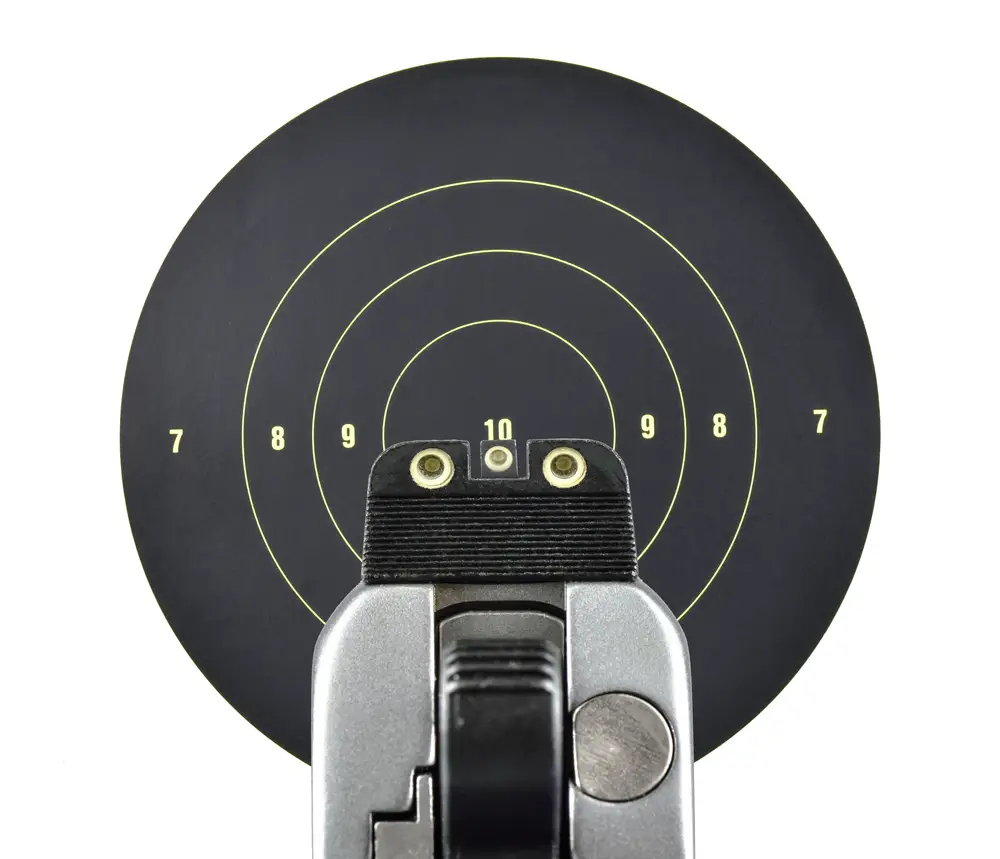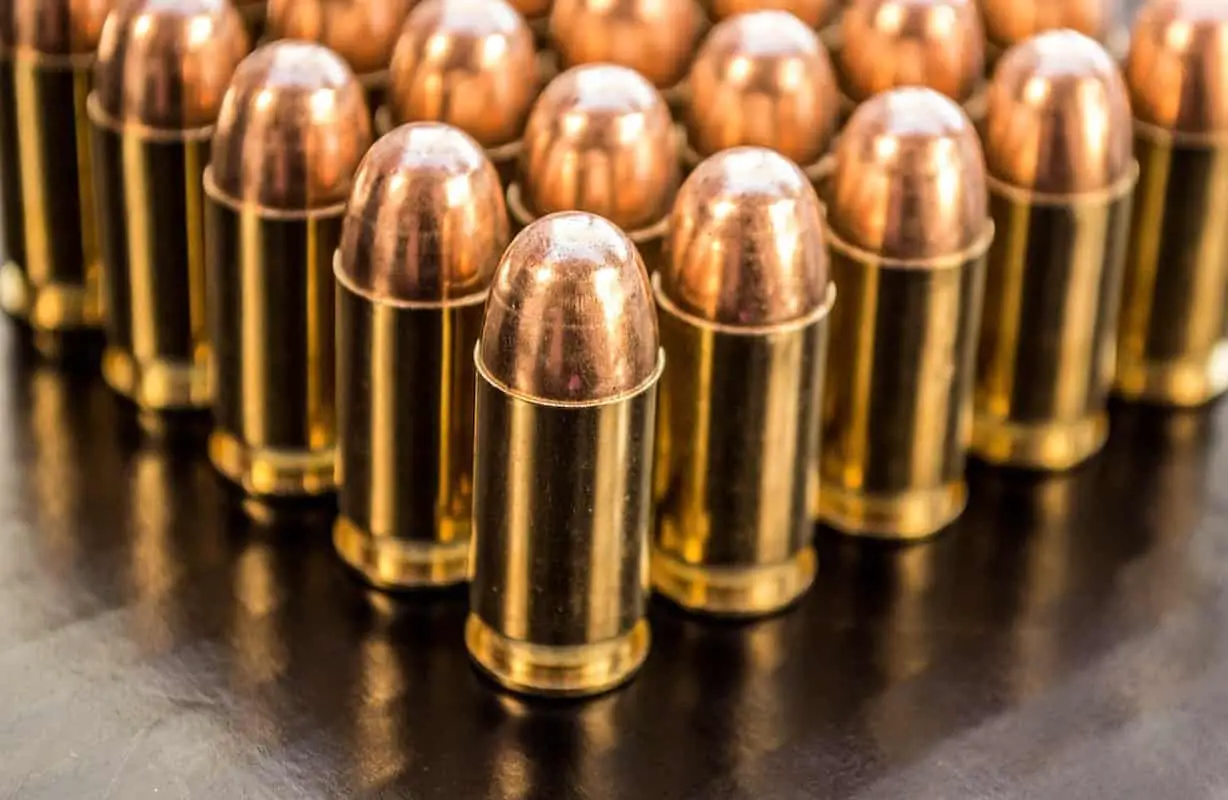
When it comes to hunting cartridges, the 30-06 Springfield and 30-30 Winchester are two of the most popular choices. Both cartridges have been around for over a century and have proven themselves to be reliable and effective. While there are some similarities between the two, there are also some key differences that hunters should be aware of.
One of the main differences between the 30-06 and the 30-30 is their case length. The 30-06 has a longer case, which allows for more powder and a higher velocity. This results in a flatter trajectory and more energy downrange. On the other hand, the 30-30 has a shorter case and is typically loaded with a round nose bullet. This results in a slower velocity and a more curved trajectory, but also means less recoil and a lower price point.
Another factor to consider is bullet design. The 30-06 is typically loaded with a pointed bullet, which is designed for long-range shooting and has a higher ballistic coefficient. The 30-30, on the other hand, is typically loaded with a round nose bullet, which is designed for short-range shooting and has a lower ballistic coefficient. Ultimately, the 30-06 vs 30-30 debate will depend on the hunter’s individual needs and preferences.
History of .30-06 Springfield and .30-30 Winchester
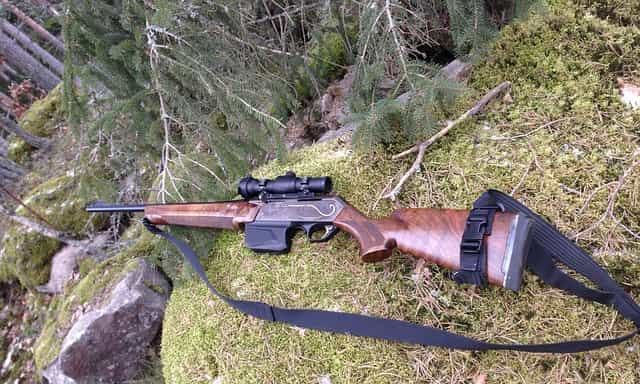
Origins of .30-06 Springfield
I have always been fascinated by the history of firearms, and the .30-06 Springfield is no exception. The .30-06 Springfield is a cartridge that was introduced in 1906 for use in the Springfield Model 1903 rifle. It was designed by the U.S. Army, and it quickly became one of the most popular cartridges in North America.
The .30-06 Springfield was used extensively in both World Wars, as well as in Korea and Vietnam. It was also the standard cartridge for the U.S. military until the 1950s. The cartridge is still popular today among hunters and target shooters.
Origins of .30-30 Winchester
Another popular cartridge in North America is the .30-30 Winchester. This cartridge was introduced in 1895 for use in the Winchester Model 1894 lever-action rifle. The .30-30 Winchester was the first cartridge designed specifically for use in a lever-action rifle.
The .30-30 Winchester was also used extensively in North America for hunting and target shooting. Its popularity has declined somewhat in recent years, but it is still a popular cartridge among hunters.
Both the .30-06 Springfield and the .30-30 Winchester are known for their accuracy, reliability, and versatility. They are both excellent cartridges for hunting and target shooting, and they have both played a significant role in the history of firearms.
That concludes my brief overview of the history of the .30-06 Springfield and the .30-30 Winchester cartridges.
Ballistics and Energy
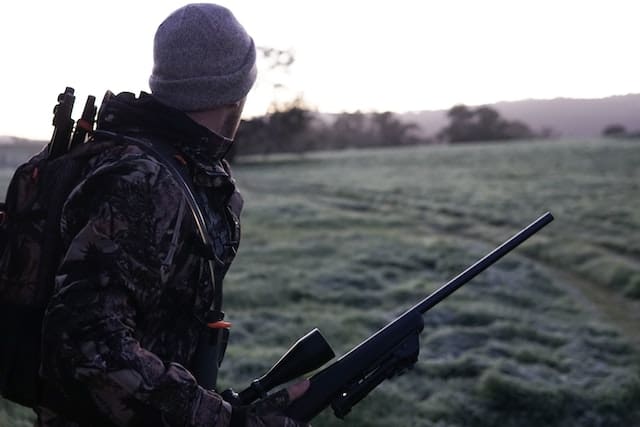
Velocity and Range Comparison
When comparing the 30-06 vs 30-30 cartridges, one of the most significant differences is their velocity and range. The 30-06 cartridge has a higher muzzle velocity than the 30-30, which means it can shoot bullets at a higher speed. This higher velocity translates to a longer effective range for the 30-06 cartridge. The 30-30 cartridge, on the other hand, has a lower muzzle velocity, which limits its effective range.
Trajectory Comparison
Another important factor to consider when comparing the 30-06 vs 30-30 cartridges is their trajectory. The 30-06 cartridge has a flatter trajectory than the 30-30, which means that it maintains its velocity and energy better over longer distances. This flatter trajectory also makes it easier to aim at longer distances. The 30-30 cartridge, on the other hand, has a more curved trajectory, which limits its effective range.
Stopping Power Comparison
Stopping power is a measure of a cartridge’s ability to quickly and effectively stop a target. The 30-06 cartridge has a higher stopping power than the 30-30 due to its higher velocity and energy. This higher stopping power makes the 30-06 cartridge more effective for hunting larger game.
Felt Recoil Comparison
Felt recoil is the amount of force that a shooter feels when firing a cartridge. The 30-06 cartridge has a higher felt recoil than the 30-30 due to its higher velocity and energy. This higher felt recoil can make the 30-06 cartridge more difficult to shoot accurately, especially for shooters who are sensitive to recoil.
Effectiveness on Big Game Hunting
When it comes to big game hunting, both the 30-06 and 30-30 cartridges are effective. However, the 30-06 cartridge is generally considered to be more effective due to its higher velocity, flatter trajectory, and higher stopping power. The 30-30 cartridge is still effective for hunting smaller game at shorter distances.
Hunting Applications
As a hunter, I have found that choosing the right cartridge is crucial for a successful hunt. In this section, I will compare the 30-06 and the 30-30 cartridges for various hunting applications.
Deer Hunting Comparison
When it comes to deer hunting, both the 30-06 and the 30-30 are popular choices. The 30-06 has a flatter trajectory and higher muzzle velocity, making it a better option for long-range shots. On the other hand, the 30-30 has less recoil and is more maneuverable, making it a better option for hunting in dense forests.
Elk and Moose Hunting Comparison

For elk and moose hunting, the 30-06 is the better choice due to its higher muzzle velocity and energy. The 30-30 may not have enough stopping power for these larger game animals.
Big Game Hunting Versatility
If you are looking for a cartridge that is versatile for big game hunting, the 30-06 is the better option. It can handle a wider range of game than the 30-30, including larger animals like elk and moose.
In summary, the 30-06 is a more versatile cartridge for hunting big game, while the 30-30 is better suited for deer hunting in dense forests. When choosing a cartridge, it is important to consider the type of game you will be hunting and the environment in which you will be hunting.
Rifle Type and Cartridge Availability
While both cartridges can be used in a variety of rifles, there are specific types that are more commonly associated with each.
Lever-Action Rifle Comparison
Lever-action rifles, like the Winchester Model 1894, are often associated with the 30-30 cartridge. This is due to the fact that the 30-30 was specifically designed for use in lever-action rifles. Lever-action rifles are known for their quick follow-up shots and ease of use, making them a popular choice for hunting in dense brush or wooded areas.
Bolt-Action Rifle Comparison
Bolt-action rifles, on the other hand, are often associated with the 30-06 cartridge. Bolt-action rifles are known for their accuracy and longer effective range, making them a popular choice for hunting in open fields or at longer distances. While the 30-06 can be used in a lever-action rifle, it is not as commonly seen due to the longer overall length of the cartridge.
Rifle Cartridge Availability
When it comes to availability, both the 30-06 and 30-30 cartridges are widely available at most sporting goods stores and online retailers. However, it is important to note that the 30-06 is a more popular cartridge and may be easier to find in certain areas.
In addition, both cartridges are available in a variety of bullet weights and types, making them versatile options for a variety of hunting situations. It’s important to choose the right bullet weight and type for the game you plan to hunt, as well as the distance you plan to shoot.
Bullet Design and Weight
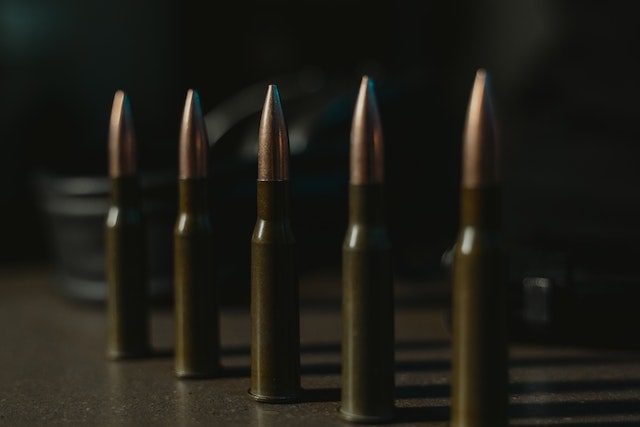
Bullet Weight Comparison
When comparing the 30-06 vs 30-30 cartridges, one of the main differences is the bullet weight. The .30-06 typically fires heavier bullets than the .30-30, with the most common bullet weights being 150 grains, 165 grains, and 180 grains. On the other hand, the .30-30 is usually limited to bullets weighing 150 grains or less.
The reason for this difference in bullet weight is due to the design of the cartridges. The .30-06 has a larger case capacity than the .30-30, allowing it to hold more powder and propel heavier bullets at higher velocities. The .30-30, on the other hand, was designed for use in lever-action rifles and has a shorter case length, limiting the amount of powder it can hold.
Bullet Design Comparison
Another difference between the .30-06 and .30-30 is the design of the bullets themselves. Both cartridges use bullets with a diameter of .308 inches, but the shape and construction of the bullets can vary greatly.
The .30-06 is a versatile cartridge that can be used for a variety of hunting and shooting applications, so there are many different bullet designs available. Some popular designs include soft-point, hollow-point, and full-metal-jacket bullets. Soft-point bullets are typically used for hunting, as they expand upon impact and create a larger wound channel. Hollow-point bullets are designed for self-defense and law enforcement use, as they expand rapidly upon impact and transfer more energy to the target. Full-metal-jacket bullets are used primarily for target shooting and military applications, as they penetrate deeply and maintain their shape upon impact.
The .30-30, on the other hand, was designed primarily for hunting medium-sized game at short to medium ranges. As a result, most .30-30 bullets are of the soft-point variety, with some hollow-point options available as well. Soft-point bullets are ideal for hunting, as they expand upon impact and create a larger wound channel, increasing the chances of a clean, ethical kill.
Price Comparison
It’s important to note that the price of ammunition can vary greatly depending on the brand, bullet weight, and quantity purchased.
In general, .30-06 ammunition tends to be more expensive than .30-30 ammunition, with some brands and types costing up to twice as much. This is partly due to the larger size of the .30-06 cartridge, which requires more materials to manufacture.
However, it’s also worth noting that there are some affordable options for both cartridges. For example, some budget brands offer .30-06 ammunition for as low as $0.50 per round, while .30-30 ammunition can be found for as little as $0.30 per round.
When it comes to hunting, the cost of ammunition can add up quickly, especially if you’re practicing frequently or going on extended trips. It’s important to find a balance between quality and affordability, and to consider the specific needs of your hunting situation.
Have you ever thought about buying ammo online?
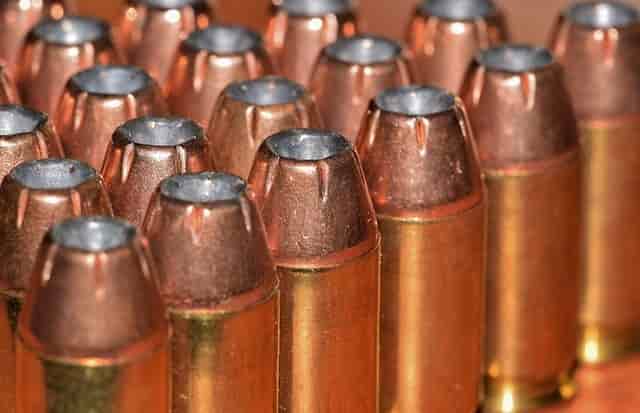
I’m telling you it’s so easy with Lucky Gunner! The ammo shown on their site is guaranteed to be in stock and will ship fast. I heartily endorse Lucky Gunner and so do their many customers.
“Okay, so far I’ve dealt twice with LuckyGunner, and all I can say is, I LOVE YOUR COMPANY!!!!
Imagine: only items in stock are advertised. Who’da thunk, eh? The more highly advertised ones – Cheaper Than Dirt, Cabela’s, et. al. – will put you on backorder forever and a day. But LuckyGunner – I ordered 500 shells of .45 ACP (hard to get in this “shortage”) – and there it was at my address. No backorders, no bull. Business as it should be.
Yes, I’m telling my friends! I’m constantly writing down your addy on bits of paper (and running out of the latter), spreading the joyous news, “No backorders! No bull! Try LuckyGunner.com, you won’t be sorry!” Thank you for being there for an ammo-starved public. And, thanks for the SUPERB customer service.”
— Walter J., Silverdale, WA —


Jason Huskey
Owner of CCWClasses.net
Jason Huskey is a family man with three kids and a wonderful wife. He’s always starting new hobbies, but his true passion lies in shooting sports. Jason has been a CCW license holder for over 10 years and carries every day. In addition to firearms, he also enjoys playing guitar and writing songs. He tries to live by the Christian values he believes in.
More things you might enjoy…
Can a 38 Special Shoot 357 Rounds?
Image by MikeGunner from Pixabay I’ve long since discovered that very few activities give me the same thrill and sense of security as firing a gun. As a gun owner and enthusiast, I’ve always been curious about which guns can shoot which kinds of ammunition. I have a Derringer five-shot revolver that uses .22 rounds.…
Who Makes the Most Popular Brands of Ammo
If you are here to figure out who makes Herter’s ammo just look below the following table for a more thorough answer. If you are looking for a specific type of ammo, then you need to start by figuring out who makes it. There are lots of options for ammunition and each type of bullet…
What Does Full Metal Jacket Mean?
If you have heard the term full metal jacket, then you might be wondering what this means. I know that growing up, I heard this term a lot. I dismissed it as some sort of saying or cliche. Eventually, I decided that I needed to figure out what people meant when they use this term.…
How Often Should You Clean Your Gun?
After purchasing a firearm, you might wonder how often you should clean your gun. The truth is that it largely depends on how often you use it and where you live. Keep reading to learn more. How Often Should You Clean Your Gun? The short answer: do a light cleaning after every shooting session and…
What Is The Main Difference Between Centerfire And Rimfire Ammunition?
Rimfire vs Centerfire Everyone has to start somewhere. If you’re new to guns, learning the difference between rimfire and centerfire ammunition is important. Let me backtrack a moment. The first time I went out on the gun range, I had zero idea that there were different types of ammo for different types of weapons. All I knew…
Continue Reading What Is The Main Difference Between Centerfire And Rimfire Ammunition?
How Should You Hold a Handgun for Maximum Accuracy?
Whether it’s for sport or you find yourself in a defensive situation where you need to use a handgun, how you hold it will significantly affect your accuracy. Developing your handgun techniques will help you become a better shot and keep you safe. Read on to learn the answer to the question: How should you…
Continue Reading How Should You Hold a Handgun for Maximum Accuracy?
What Is Stippling On A Gun?
Hey, would you like a more firm grip on your gun? Would that help you shoot better? Well that is what stippling is for. Stippling is a modification to the grip that makes it, well, more grippy. It is done by sanding off the original finish and then using a hot soldering iron to make…
What Is A Centerfire Pistol?
To answer the question: “What Is A Centerfire Pistol?”, you must first understand that there are two main types of ammunition: Centerfire Rimfire These ammo categorizations are based on where the firing pin hits the back of the bullet to make it fire. A centerfire pistol is one where the firing pin strikes the center…
Is It Bad To Dry Fire A Glock?
There are loads of myths and assumptions surrounding handguns. If you grew up around guns, you probably heard some of these myths. Today, we will answer the question: Is it bad to dry fire a Glock. The Quick Answer Dry firing modern centerfire guns is completely fine (this includes most Glocks). The firing pin does…
What Is The Sight Picture?
When you first became interested in shooting you probably heard the terms sight picture and sight alignment being thrown around. Most people tend to use the two terms interchangeably; however, they do not mean the same thing. In this guide, I will make a clear distinction between sight picture and sight alignment. To master any new trade, you must…
What is Ball Ammo
When you hear the term “ball ammo” you may be picturing an actual ball. While the term did originate from ball shaped ammo, that’s not what it means today. Most ball ammo today is cylindrical in shape. It will have a lead core coated with copper. Keep reading to learn all about the history and…
